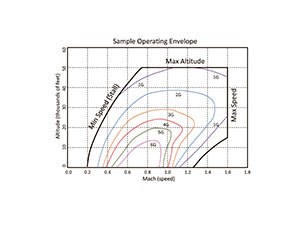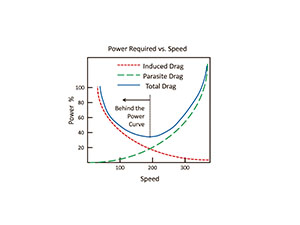by Andy Rhude
U.S. Air Forces in Europe Warrior Preparation Center exercise planner
 Many of the words and phrases used in everyday conversation, especially in the Air Force (for obvious reasons), have their origins from the lexicon of aviation, many specific to fighter pilots, and often people do not even realize this. I’m not talking just about Hollywood phrases like having “the right stuff” (from the movie of the same name about fighter pilots and astronauts), but actual technical terms that have come to be applied to situations outside their original field. Here are a few of those.
Many of the words and phrases used in everyday conversation, especially in the Air Force (for obvious reasons), have their origins from the lexicon of aviation, many specific to fighter pilots, and often people do not even realize this. I’m not talking just about Hollywood phrases like having “the right stuff” (from the movie of the same name about fighter pilots and astronauts), but actual technical terms that have come to be applied to situations outside their original field. Here are a few of those.
Behind the Power Curve
Surely we’ve all heard that phrase used to describe being behind in some task, but its origins are technically complicated. It comes from a graph that illustrates the power required by an aircraft to overcome drag at different speeds (see sample graph). Though not strictly limited to fighters (it applies to all winged aircraft), it is more commonly used in the fighter world because of the slow-speed maneuvering often encountered in a dog-fight.
Essentially, there are two types of drag on an aircraft that must be overcome. Parasite drag (the same drag you feel when you stick your hand out the window of a moving car) increases exponentially with speed. Induced drag (drag from the creation of lift by the wing) actually reduces with speed.
When plotted together, these two drags form a curve — the “power curve” — showing the power required to overcome drag at different speeds at a certain altitude. The lowest point on the power curve shows the speed where the least power is required to maintain level flight at that altitude.
Once you get below that speed, or “behind the power curve,” it actually takes more power to fly slower. In order to speed up, the pilot either has to add power, or descend.
The problem comes in that at some point, some aircraft (older jet fighters for example) can require more power to overcome a slow speed than what is available with the engine, and if the aircraft is low to the ground and can’t descend, this becomes a point of no return. The F-100 Super Sabre was susceptible to this. Just type in “F-100 Sabre Dance” in a search engine and you will find footage of at least one crash illustrating this principle (there were other factors too, including the design of the F-100 wing).
So, if you find yourself behind in a task, overwhelmed and seemingly unable to catch up and you say you are “behind the power curve,” now you know what it really means.
 Pushing the Envelope
Pushing the Envelope
If someone says they are “pushing the envelope,” it is usually taken to mean they are approaching their physical or rules-based limits in some manner, often with dangerous consequences in the balance.
Similar to our previous example of fighter pilot lexicon being applied to situations outside their original field, this one is also graph-based. It comes from an area graph that illustrates the operating speed and altitude ranges of an aircraft. This also is not strictly limited to fighters (it applies to all aircraft), but again is more commonly used in the fighter world because of the great speed and altitude changes encountered in a dog-fight, where pilots often find themselves nearing the limits or exceeding them. “Operating outside the envelope” is another variation of this subject. The “envelope” is the area on this graph (see sample graph) bounded on the left by the minimum speed, or stall speed, of an aircraft, the top by the maximum altitude it can reach (or is limited to) and the right by the maximum speed it can reach (or is limited to). It is often plotted with sub-envelopes showing maximum sustained turn capability at various G’s (and is usually classified for fighters).
Going beyond the edge of this envelope can be exceeding the design limits of the aircraft and can be dangerous and potentially catastrophic.
So, if you find yourself pushing your own limits and reaching a danger point, you are now known as “pushing the envelope.”


